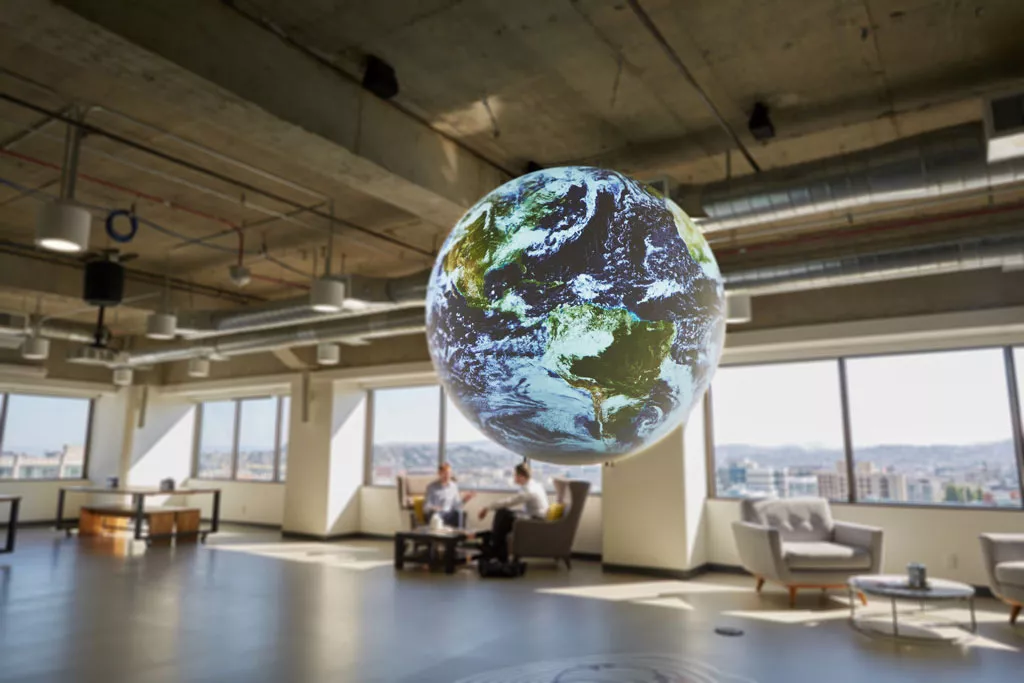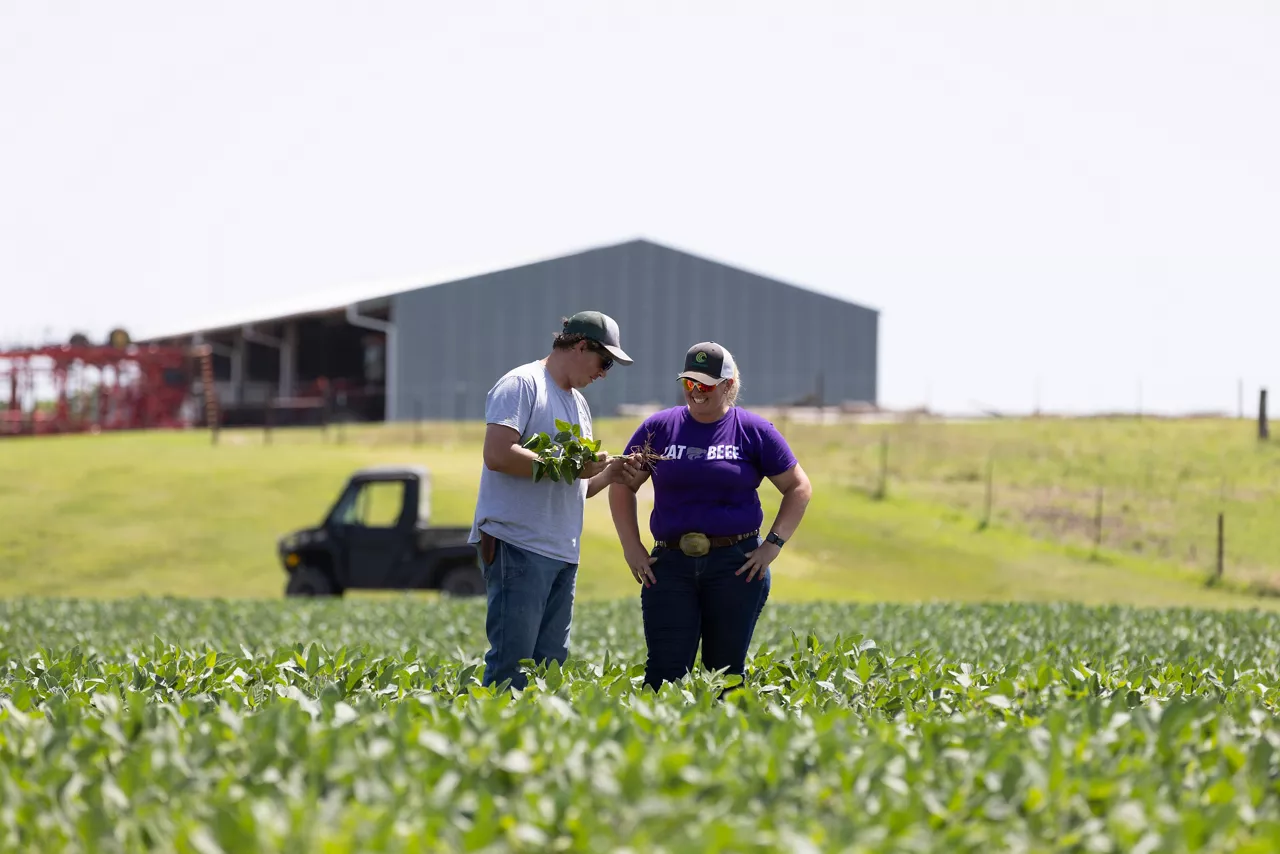Farmers have walked and worked every acre of their fields for generations, knowing each pond and hill. They have progressively improved their equipment, from hand ploughs to modern precision farming equipment with GPS. For the next breakthrough, innovation must transcend individual fields. In the past decade, far from the heartland, Internet-scale data acquisition and machine learning has pioneered a different approach: sophisticated brute force.
One simple idea explains much of the past five years in the Valley: use large scale datasets, simple algorithms, and massive computing to solve problems and build products that were previously impossible. From voice recognition with deep learning to A/B testing with high-volume websites to online behavioral prediction with machine learning, the intuition is all the same.
The relevant question is how this brute force methodology from the Valley applies to a breakthrough in farm fields. The most obvious idea is to digitize the full spectrum of field agronomic data for every acre in each field at high resolution, including soil, atmospheric, imagery, crop, chemistry, and hydrology. Yet, the logistic challenges of this seem daunting: global growing regions have hundreds of millions of acres, data must be collected directly at the physical ground level in multiple passes per growing season, multiple tiers of remote imagery are required, farmland has minimal Internet connectivity, and the data storage footprint for this many geospatial data layers at high resolution is massive.
Closing the loop requires deriving novel insights and recommendations from this digital agronomic universe that predictably improve sustainability, yield, and profitability for farmers. In doing so, data will become as indispensable a tool for farmers as their equipment and will enable them to collectively meet the demands of a growing population.



